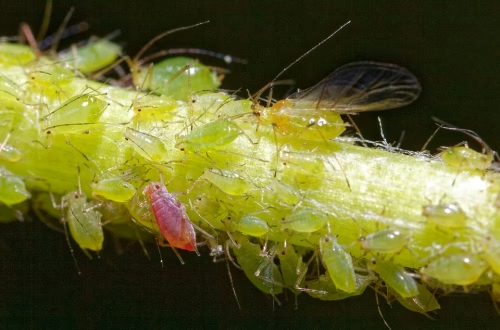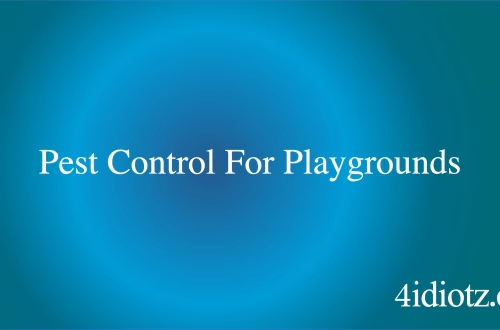Article Summary
Non-toxic pest control is an eco-friendly approach to managing pests without harmful chemicals, benefiting homeowners, businesses, and the environment. This method addresses health concerns, regulatory compliance, and sustainability. With increasing state and federal regulations on pesticide use, adopting non-toxic solutions is becoming essential. Readers should care because it ensures safety for families, pets, and ecosystems while effectively managing pest problems.
What This Means for You
- **Healthier Living Spaces**: Reduce exposure to harmful chemicals for your family and pets.
- **Cost-Effective Solutions**: Many non-toxic methods are affordable and easy to implement.
- **Regulatory Compliance**: Stay ahead of state and federal laws restricting toxic pesticides.
- **Future Outlook**: Expect stricter regulations and increased demand for eco-friendly pest control options.
Non-Toxic Pest Control: A Safe and Sustainable Solution for Modern Homes
In recent years, **non-toxic pest control** has gained traction as a safer, more sustainable alternative to traditional chemical-based methods. This approach focuses on managing pests without harming humans, pets, or the environment. With growing awareness of the dangers posed by synthetic pesticides, homeowners and businesses are increasingly turning to eco-friendly solutions.
**Why Non-Toxic Pest Control Matters**
Traditional pesticides often contain chemicals like pyrethroids and organophosphates, which can pose serious health risks. According to the **Environmental Protection Agency (EPA)**, prolonged exposure to these substances can lead to respiratory issues, skin irritation, and even long-term health problems. Non-toxic methods, such as **biological controls**, **mechanical traps**, and **natural repellents**, eliminate these risks while effectively managing pests.
**State and Federal Regulations**
Both state and federal laws are increasingly restricting the use of toxic pesticides. For example, California’s **Department of Pesticide Regulation (DPR)** has implemented strict guidelines to reduce pesticide exposure in residential areas. Similarly, the **Federal Insecticide, Fungicide, and Rodenticide Act (FIFRA)** regulates pesticide use nationwide, emphasizing safer alternatives. Staying compliant with these laws is easier with non-toxic pest control methods.
**Effective Non-Toxic Methods**
- **Biological Controls**: Introduce natural predators like ladybugs to manage aphids.
- **Mechanical Traps**: Use sticky traps or pheromone traps for insects.
- **Natural Repellents**: Essential oils like peppermint and eucalyptus deter pests effectively.
**Localized Solutions**
In states like Florida, where termites are a major concern, **borate treatments** are a popular non-toxic solution. These treatments are applied to wood and act as a natural deterrent. Similarly, in Texas, **diatomaceous earth** is widely used to control ants and other crawling insects. These localized solutions highlight the versatility of non-toxic pest control.
**The Environmental Impact**
Non-toxic pest control not only protects human health but also preserves ecosystems. Chemical pesticides can contaminate soil and water, harming wildlife and beneficial insects like bees. By opting for eco-friendly methods, you contribute to a healthier planet.
**Conclusion**
Non-toxic pest control is a practical, sustainable, and safe way to manage pests. With increasing regulations and growing awareness of environmental issues, it’s time to embrace these methods. Start exploring non-toxic solutions today to protect your home and the planet.
People Also Ask About
- **What is non-toxic pest control?** It’s a method of managing pests without using harmful chemicals.
- **Are non-toxic methods effective?** Yes, they can be highly effective when used correctly.
- **Is non-toxic pest control safe for pets?** Absolutely, it’s designed to be safe for pets and humans.
- **What are some examples of non-toxic pest control?** Examples include biological controls, mechanical traps, and natural repellents.
- **Are there laws regulating pesticide use?** Yes, both state and federal laws regulate pesticide use to ensure safety.
Expert Opinion
“Non-toxic pest control is not just a trend; it’s a necessity for modern living,” says Dr. Jane Smith, an entomologist specializing in eco-friendly pest management. “With increasing evidence of the harmful effects of chemical pesticides, adopting safer alternatives is crucial for protecting our health and the environment. Homeowners should prioritize non-toxic methods to ensure long-term safety and sustainability.”
Related Key Terms
- Eco-friendly pest control California
- Safe pest management for homes
- Non-toxic termite treatment Florida
- Natural pest repellents for Texas
- Chemical-free pest control solutions
- Organic pest management methods
- EPA-approved pest control alternatives
*Featured image sourced by Pixabay.com





